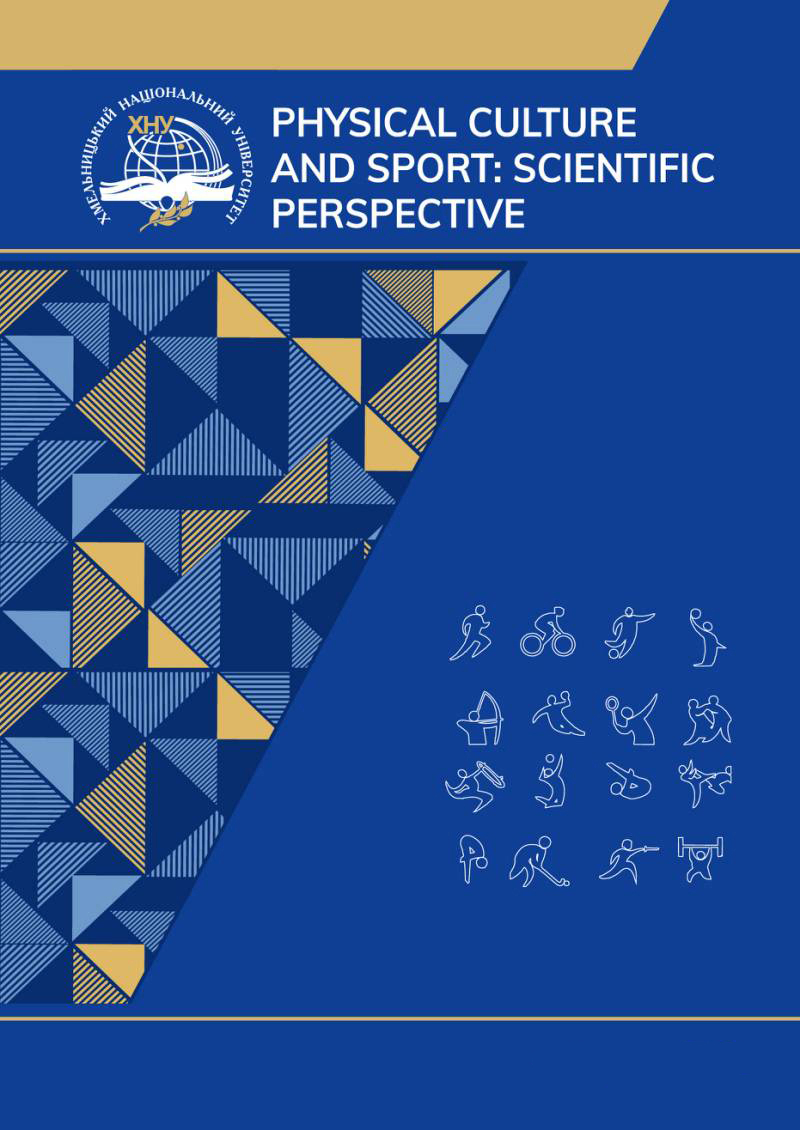COMPARISON OF THE PHYSICAL FITNESS OF WATER RESCUE GUARDS FROM RURAL AND URBAN AREAS
DOI:
https://doi.org/10.31891/pcs.2024.2.22%20Keywords:
physical development, physical fitness, urban environment, rural environment, motor skills, rescuerAbstract
The work is of a research nature. The aim was to determine the level of physical development and motor skills of students aged 10-11 from two different environments: rural and urban. Physical development was determined based on height and weight. The Rohrer index was calculated and the Kretschmer typological system was used. The International Physical Fitness Test was used to assess the level of physical fitness. The test results indicate that women from rural areas showed a higher level of fitness tests than girls from the city. However, in the case of boys, the tests showed a similar level of fitness. After calculating the results, all groups were in the average physical fitness range. However, the points obtained allowed the conclusion that both women and men from rural areas have better physical fitness than their peers from the city. The purpose of the fitness test is to objectively assess the development of motor skills, general performance and physical fitness as well as technical skills. Such tests can be used individually and in groups. They can be performed at any age. The tests were developed mainly for rescuers aged 18-25, because most rescuers work in this age group.
References
Cochen R.C.Z., Clery P.W., Mason B. (2010). Improving Understanding of Human Swimming Using Smoothed Particle Hydrodynamics, Proceedings of 2010 Singapore IFMBE, 6th World Congress of Biomechanics (WCB 2010). Vol. 31, 174–177.
Costill D.L. (1978). Adaptations in skeletal muscle during training for sprint and endurance swimming., In B. Eriksson & B. Furberg, (Eds.), Swimming Medicine IV (pp. 233-248). Baltimore: University Park Press. 43-46.
Diachenko-Bohun, M., Hrytsai, N., Grynova, M., Grygus, I., Muszkieta, R., Napierała, M., Zukow, W. (2019). Characteristics of Healthbreakers in the Conditions of Realization of Health-Safety Technologies in Education Structures. International Journal of Applied Exercise Physiology, 8(3.1), 1-8.
Espinosa, H.G., Lee Jim, James, D.A. (2015). The inertial sensor: A base platform for wider adoption in sports science applications, Journal of Fitness Research. 4, 1:13-20.
Kashuba V., Stepanenko O., Byshevets N., Kharchuk O., Savliuk S, Bukhovets B., Grygus I., Napierała M., Skaliy T., Hagner-Derengowska M., Zukow W. (2020). The Formation of Human Movement and Sports Skills in Processing Sports-pedagogical and Biomedical Data in Masters of Sports. International Journal of Human Movement and Sports Sciences, 8(5): pp. 249–257.
Lavrin G.Z., Sereda I.O., Kuczer T.V., Grygus I.M., Zukow W. (2019). The Results of Student’s Survey on Models of Physical Education in Universities and Motivations to Encourage for Active Participation in Physical Education. International Journal of Applied Exercise Physiology. VOL. 8 (2). 140-143.
Maglischo E.W. (2003) Swimming Fastest. Human Kinetics, Champaign, 123-129.
Mihăilescua L., Dubiţb N. (2015). Contributions for programming and implementing an evaluation instrument of the swimming technique correctness: Social and Behavioral Sciences.
Moska W., Skalski D., Makar P., Kowalski D. (2018). Trening zdolności motorycznych w pływaniu, (Swimming motor skills training) PSW w Starogradzie Gdańskim, Satrogard Gdański. 132-135.
Nesterchuk N., Grygus I., Ievtukh M., Kudriavtsev A., Sokolowski D. (2020). Impact of the wellness programme on the students’ quality of life. Journal of Physical Education and Sport ® (JPES), Vol 20 (Supplement issue 2), Art 132 pp 929–938.
Savliuk S., Kashuba V., Vypasniak I., Yavorskyy A., Kindrat P., Grygus I., Vakoliuk A., Panchuk I., Hagner-Derengowska M. (2020). Differentiated approach for improving the physical condition of children with visual impairment during physical education. Journal of Physical Education and Sport ® (JPES), Vol 20 (Supplement issue 2), Art 136 pp 958–965.
Swim England Safe Supervision of Programmed Swimming Sessions. (2017).
Zhan J.M., Li T.Z., Chen X.B., Li Y.S., Onyx Wai W.H. (2014). 3D numerical simulation analysis of passive drag near free surface in swimming, China Ocean Eng., Vol. 29(2).





